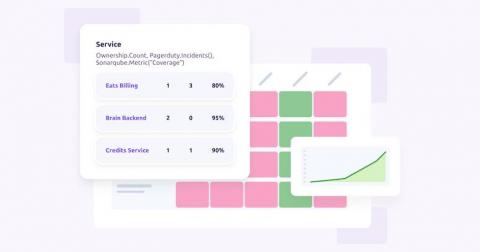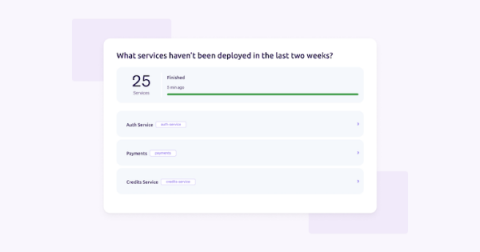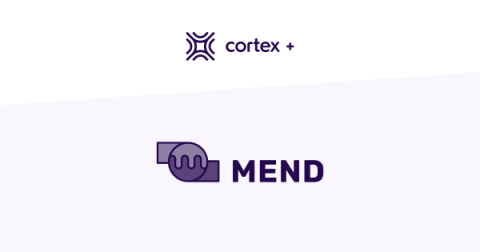Getting internal documentation right
One of the most needlessly time-consuming tasks that your team members can engage in is looking for information on work that has already been done by somebody else. Perhaps a developer is seeking to perform an oft-repeated task like the creation of a new microservice. Or a new employee on the team needs guidance regarding designing a product roadmap and wants to look at one that was made for a similar project.











